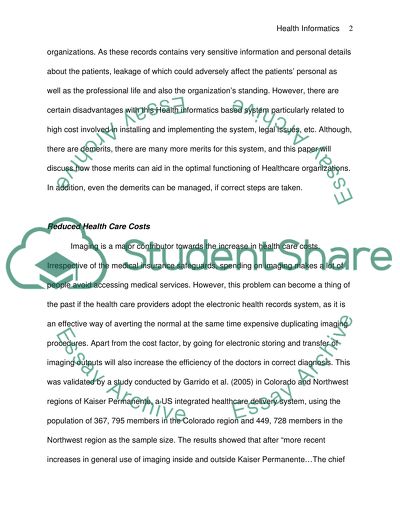Cite this document
(“Health Informatics and Emerging Technologies Research Paper”, n.d.)
Retrieved de https://studentshare.org/family-consumer-science/1416139-health-informatics-and-emerging-technologies
Retrieved de https://studentshare.org/family-consumer-science/1416139-health-informatics-and-emerging-technologies
(Health Informatics and Emerging Technologies Research Paper)
https://studentshare.org/family-consumer-science/1416139-health-informatics-and-emerging-technologies.
https://studentshare.org/family-consumer-science/1416139-health-informatics-and-emerging-technologies.
“Health Informatics and Emerging Technologies Research Paper”, n.d. https://studentshare.org/family-consumer-science/1416139-health-informatics-and-emerging-technologies.


